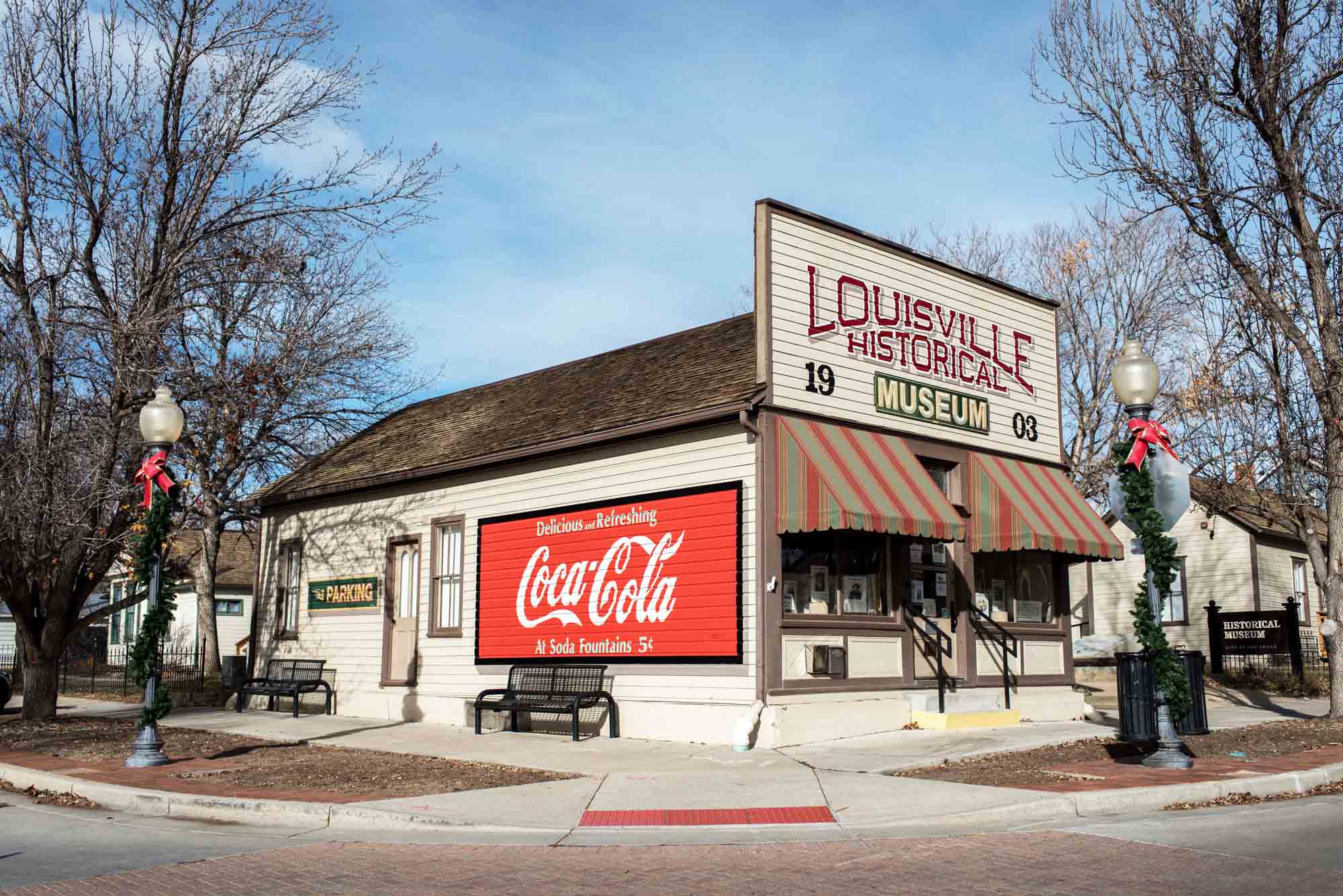
Urban Renewal in Boulder County
It is an interesting time for urban renewal in Colorado. In 2016, major changes to urban renewal law went into effect. How have those changes effected urban renewal plans in the last three years? What projects are happening around Boulder County now?
Before we jump in, let’s define urban renewal. (If you’re already a whiz, skip ahead to the next paragraph.) Urban renewal is the process of redeveloping blighted urban areas. To accomplish this, the public and private sectors partner on a development project. On the public side, cities finance part of the project through future tax revenue (projected to result from improvements to the area), also known as TIFs (tax increment financing). Meanwhile, the private sector goes to work on the project, with support for infrastructure and other incentives from the city or town. These public/private partnerships are managed by urban renewal authorities which are in charge of approving and managing the plans.
One result of the new policy is how urban renewal authorities are structured. All authorities must be comprised of 13 members, 3 of whom represent special taxing districts, besides the municipality. Other entities besides cities receive revenue from property taxes, namely school districts, counties, and special districts (e.g., a fire district). The authority must now have representation from all applicable taxing entities.
Additionally, to approve an urban renewal plan, cities must negotiate with the affected counties, school districts, and special districts to determine how much of the incremental property taxes will be allocated to the urban renewal project (and therefore, not to them). And it must be negotiated within 120 days! For more detail on the Urban Redevelopment Fairness Act, read here.
The policy grew from a need to check cities as they make big revenue decisions which affect other districts. Before the changes, a city could approve a plan that freezes a taxing district’s future taxes without asking for their input. Critics of the new policy argue the changes create uncertainly and bureaucracy, which adversely affects lending and kills these rather large and complex deals.
To add to all of this, opportunity zones have come into play in the last year.
What’s the latest with Boulder County urban renewal authorities?
Erie: Annexation of Anadarko land. Erie’s Urban Renewal Authority is working on a deal with petroleum giant Anadarko to trade land for licenses. Erie would offer Anadarko 8 new encroachment licenses if Anadarko agrees to annex their 50-acre property near I-25 and Colo. Highway 52 into the town once the drills are finished. The deal is expected to generate up to $85 million in tax revenue for Erie over the next 20 years.
Longmont: Longmont’s Urban Renewal Authority was established in 2006 to manage the ambitious Southeast Longmont Urban Renewal Plan, which addresses the area between the Old Sugar Factory and Flour Mill. While Longmont’s renewal plan seems largely unimpacted by Colorado’s changes to renewal policy, the renewal area has been cursed by added floodplain risk. However, this risk is being actively reduced by Longmont’s $120 M+ Resilient St. Vrain project. That, in combination with its location inside two opportunity zones, make this an intriguing private sector opportunity. Rumors about everything from mixed use commercial/residential to a new home for Front Range Community College have been flying.
Louisville: Louisville’s major urban renewal project centers around the downtown area near South Boulder Road and Colo. Highway 42. The area was established back in 2006 and the neighborhood has been nothing short of transformed. Now dense with popular restaurants and shops, it did not come without some growing pains.
Boulder: In Boulder, BURA plays a more minor role as an advisory board while the Bolder City Council is the main policy-making body. The city’s most recent example of an urban renewal project is the civic pad near Ninth and Canyon, a large slab of concrete that has been considered for many projects. There has been little information about it since 2016. The city has many other redevelopment projects (Boulder Junction, Alpine-Balsam, University Hill Reinvestment), but they are not necessarily part of an Urban Renewal Plan.
It is interesting to observe the difference in attitudes and approaches on growth from one city to the next. Every city falls on the spectrum somewhere between conservative and aggressive and it is always influenced by political, historical, and economic circumstances. We encourage those interested in investment opportunities to conduct due diligence. Understanding the historical and socio-political environment in which the opportunity emerges will go a long way toward supporting a smooth execution.
The only thing for certain is that the front range is undergoing a period of unprecedented growth and all projections suggest it will not slow down.
—
Like what you read? Subscribe to our commercial real estate updates. News posts, exclusive area listings, and more.
